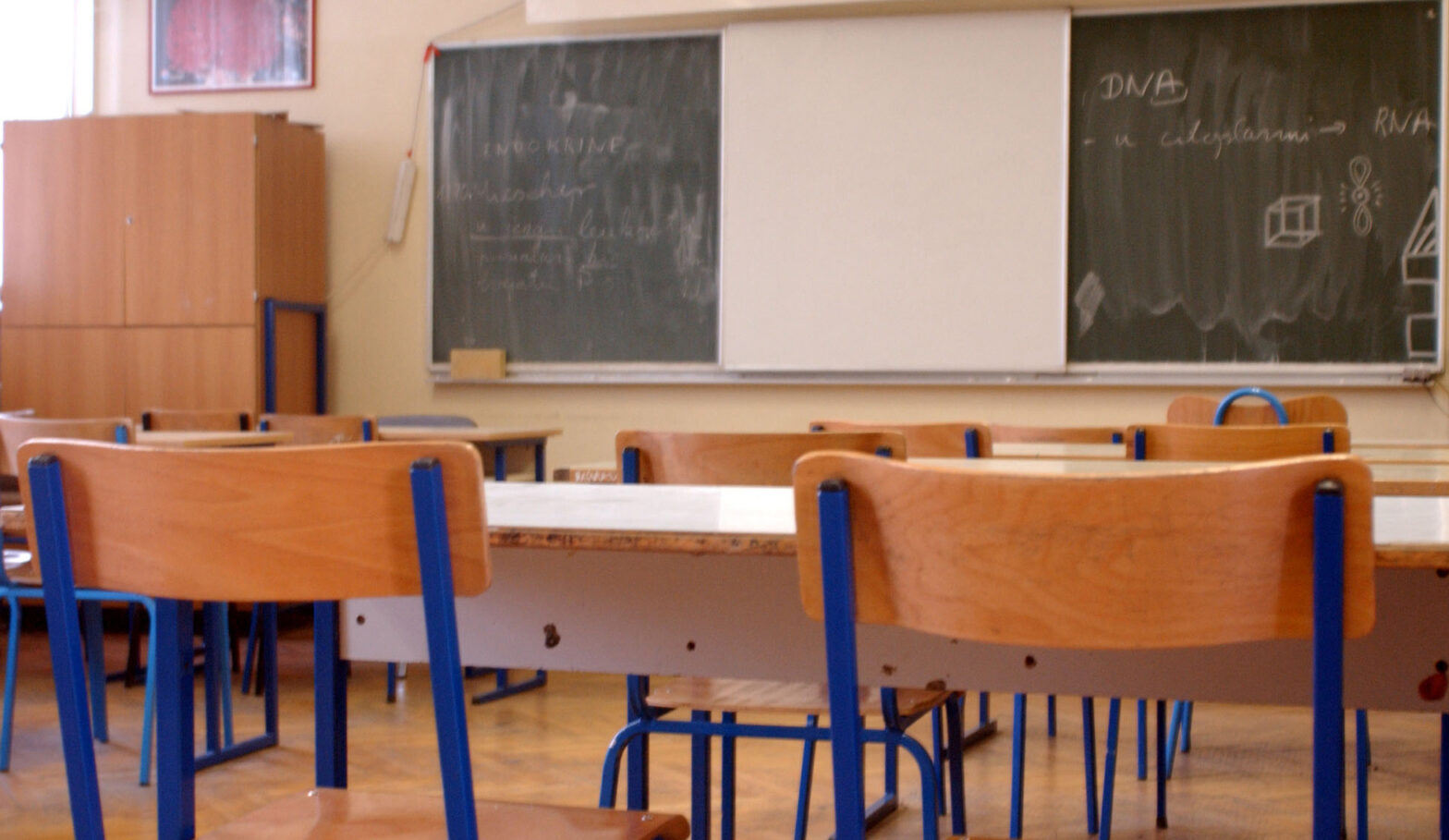During April and May 2015, GOOD Initiative (initiative for systematic and quality introduction of civic education in schools) and Institute for Social Research in Zagreb, with a council of researchers, conducted quantitative research on political literacy of high school graduate students on a national representative sample of 1146 participants. The sample was selected using techniques of cluster sampling and stratified sampling. These school classes were randomly chosen and stratified regionally according to the type of high school programs (grammar schools, other four and five-year programs, and three-year programs).
Political knowledge of high school graduates was questioned by using 19 variables divided into three groups: basic political concepts, knowledge about the constitutional system, and political awareness. Only one participant answered all of the questions correctly. On average, graduate students gave correct answers to 9 out of 19 questions. There was a significant difference in knowledge among students enrolled in various high school programs. Grammar school students averaged 12 correct answers, students in three-year programs averaged 6, and students of other four or five-year programs averaged 9. These results confirm the conclusions made from the research from 2009, which showed the connection between high school programs and levels of political knowledge.
Political values and attitudes were measured by using two instruments. The first instrument contained 29 statements about national exclusivity, attitudes towards one’s nation, and the nation’s tradition towards homosexuals, gender roles, totalitarian systems, and EU membership. The second instrument consisted of 20 statements about social and political participation, political authorities, and the freedom of speech and the media. Respondents could specify their level of agreement or disagreement with the statements on a symmetric five-point ordinal scale.
The majority of participants (85%) stated that they can imagine themselves in a friendly relationship with a person of another race, religion, or nationality, which indicates tolerance on the individual level towards religious and national differences. However, when the question about the protection of minority rights in the public sphere was asked, participants were less tolerant. Half of the respondents believed that important cultural features of minorities, such as language, should not be used on the premises of state institutions. The lowest level of tolerance was shown for homosexuals. Half of the participants of the study perceive homosexuality as a disease and would forbid homosexuals to step out in the public sphere because it could have a bad influence on youth. The respondents mostly shared positive attitudes towards gender equality in personal relations.
Another significant finding is that the participants showed a high level of confusion and indecisiveness, which makes them potentially subject to manipulation or the relativisation of crucial democratic values. For example, almost 30% of the participants were ambivalent about the attitudes towards totalitarian regimes and 48,6% were not sure whether NDH (Independent State of Croatia) was a fascist formation. Attitudes towards the media and political parties indicate that the majority of respondents would shut down some of the media (51,9%) and some political parties (72%).
In relation to the school program, topics recognized by the respondents as least discussed or left out of the educational program all together were: sexuality (39,2%), contemporary media (35,9%), minorities and cultural differences (34,4,%), European Union (35,4%), and environmental protection and sustainable development (33,5%). Also, more than a fifth of the participants believe that not enough focus is put on the following topics: current social events and world problems (30,2%), cultural heritage and Croatian culture (30%), health (29,9%), humanitarian work (27,4%), the economy (26,7%), interpersonal relations (26,4%), the Croatian political system (25,7%), current social events and problems in Croatia (23,2%), human rights (22,1%), and democracy (20,1%).
Only some of the participants are aware of learning about cross-curricular topics, which should be mandatory in the school year 2014/2015: health education (44,9%) and civic education (38,4%). Even the smaller number demonstrates their involvement in other important programs, such as professional orientation (around 25%) or violence prevention programs (around 21%).
In regard to the respondents’ participations in school or extracurricular activities, around 83% of high school graduates take part in humanitarian actions and around 53% volunteer. The majority of respondents (59,3%) are members of civil society organizations (mostly sports clubs).
The most important sources of information for the participants are social networks (66%), peers (47%), web portals (43%), and parents (38%). Everyday use of traditional media is not strongly represented – informative TV shows are watched by 30%, newspapers read by 16%, and the radio listened to by 11,3% of the respondents.
